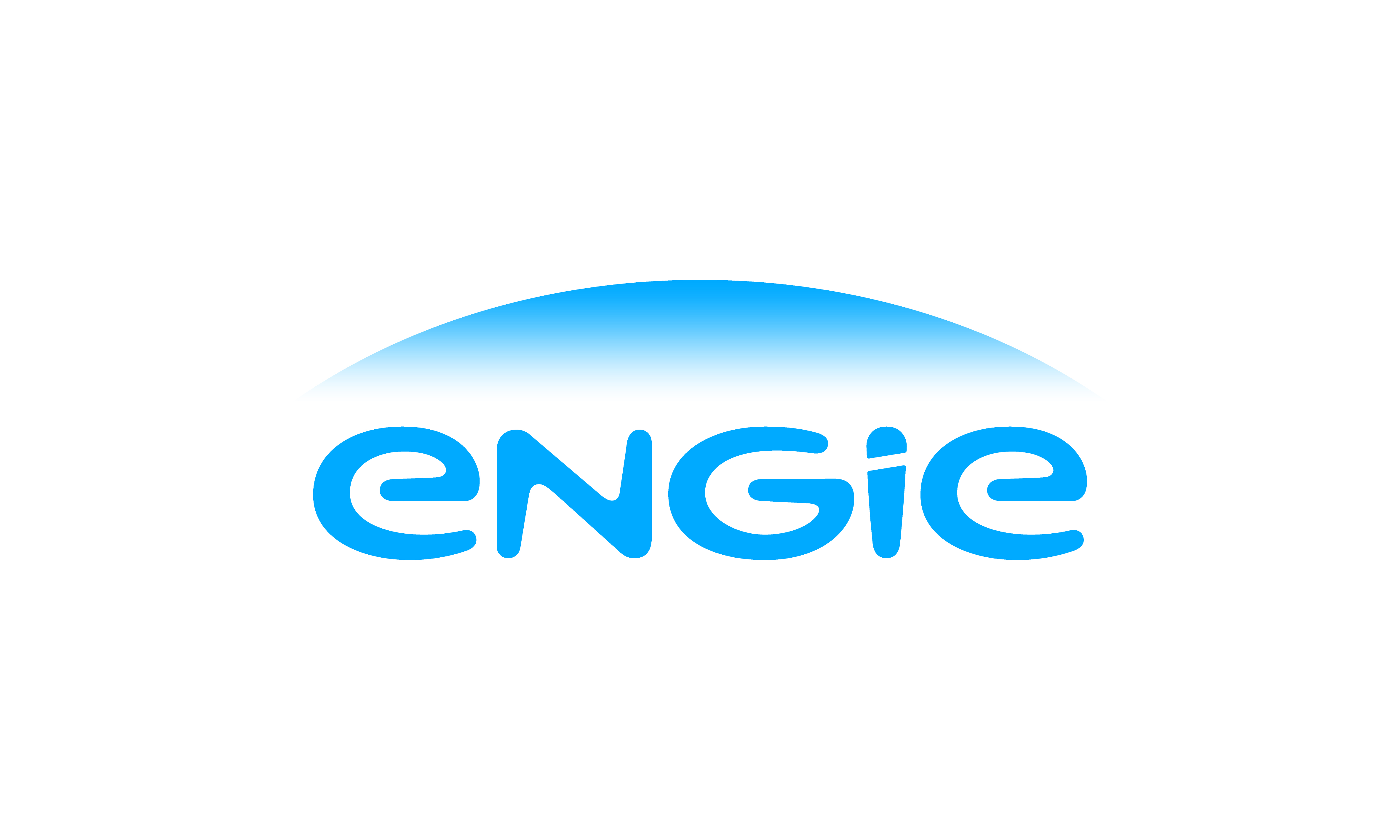Green Charge New Whitepaper: The Problem is Power, Not Energy
5 ways energy storage can help manage costs
New Green Charge Whitepaper: The Problem is Power, Not Energy
For much of the past four decades, energy efficiency has been the focus of electricity cost-saving initiatives. We have changed light bulbs, swapped out old appliances, insulated our buildings, and added solar systems. The efficiency gains have slowed, however, and the next savings frontier will come from power efficiency. Through a combination of distributed energy storage and sophisticated software, our society can control power more efficiently and increase utilization of trillions of dollars of grid assets already in place. Intelligent energy storage can reduce the stress on our electric grid while helping businesses save money on their monthly electric bills.
ENERGY EFFICIENCY IS NO LONGER ENOUGH
The American Council for an Energy-Efficient Economy (ACEEE) publishes an annual scorecard by state on policy and implementation efforts, which provides quantitative data on dollars spent and energy saved. According to ACEEE’s scorecards between 2006 and 2011, the top 10 U.S. states have on average spent 30 percent more year over year in energy efficiency measures to achieve the same amount of kWh savings.
This trend is particularly distressing for businesses. The price of energy (kWh) that businesses pay has held steady or decreased, even in traditionally expensive markets such as California, due to fracking, domestic production, and deregulated competition. In other words, as a society, America is throwing more money at a problem that is becoming less and less economically enticing.
BUSINESSES NEED A SOLUTION
Commercial and industrial ratepayers shoulder most of the demand charge burden, since utilities typically do not assess demand charges on residential accounts. There is no way around the utilities, either, because even though customers can buy energy on the open market at competitive rates, local utilities still have a monopoly on power distribution. Some utilities are considering spreading the demand charge burden to include residential ratepayers. Most utilities are implementing various demand response incentive programs to help mitigate peak demand, reducing the need for punitive measures such as demand charges. Until demand charges are eliminated, C&I customers need a more immediate and effective way to level the p laying field and control their kW usage. The answer lies in what we call “power efficiency.”
Power efficiency refers to behind-the-meter solutions, including sophisticated software, predictive algorithms, and distributed energy storage, that put ratepayers in control of their power curves. Power efficiency solutions can:
- Reduce demand charges by shaving peaks (automatically sensing peak demand and using stored energy instead of drawing from the grid)
- Automate participation in demand response programs, taking the burden off of facilities managers
- Provide insight into energy usage
- Enable an additional revenue stream for the customer through participation in distributed energy resource management programs
- Improve utilization of intermittent self-generated power such as solar PV and wind
To download the entire Green Charge whitepaper please click here.



